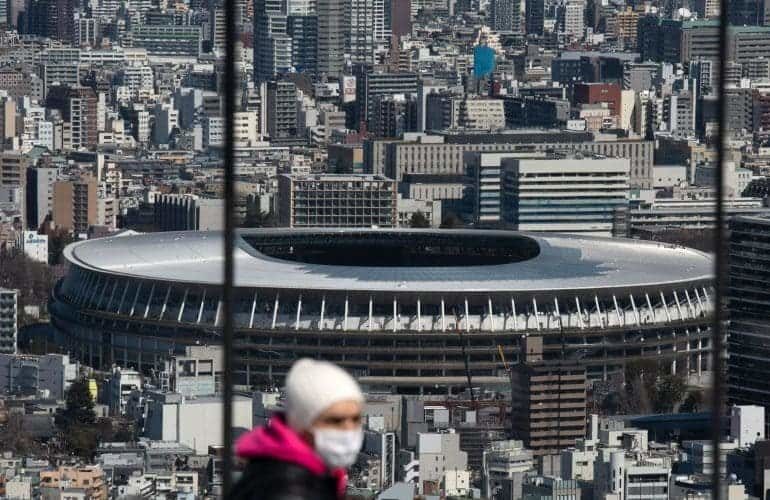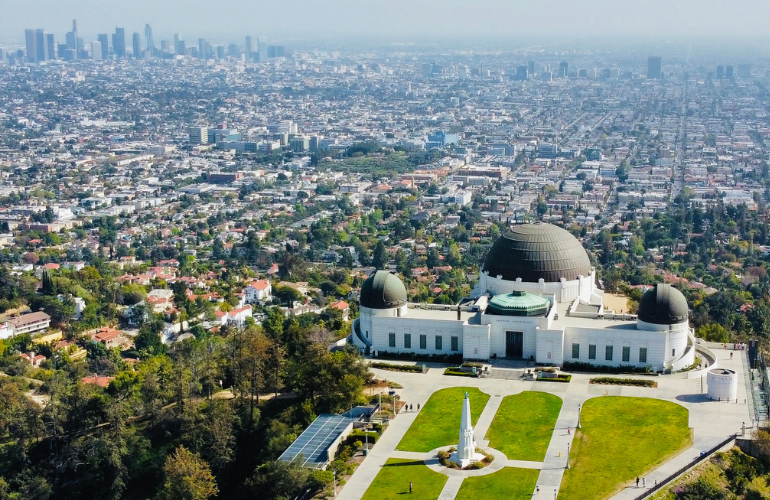With the Senate passing the $1.2 trillion infrastructure bill, it is apparent that there is a collective vision of redefining and modernizing our built environment. There is a call to action on how we adapt to meet the needs of future generations. We are reeling with the long-term domino effects of urban sprawl. Socioeconomic inequality, poor building design, limited reliable public transportation, and a decline in public health has brought us to a tipping point. We must prepare to revitalize our cities, retrofit our existing buildings with energy-efficient measures, and reconstruct our transportation networks.
Cleaning Up Our Existing Buildings
The existing building sector is responsible for 29% of GHG emissions, with 40% coming from inefficient HVAC systems. If buildings in Los Angeles are expected to reach net-zero carbon by 2050 as a part of the C40 pledge, there needs to be immediate action. Building systems – electrical, lighting, heating, ventilation, and air-conditioning must be retrofitted to the highest energy efficiency standards. Or better yet - break the ceiling on them.
Government subsidies and utility incentive programs need to be more accessible to building owners so they can invest in on-site power generation for their buildings, such as solar PV and batteries. We can then contribute clean energy to our outdated electrical grid and create the demand for green jobs. While we have the innovative technologies that can support such a system, there also needs to be innovative policy reform that will build these self-sufficient power systems to be scaled to the neighborhood level.
Another upgrade that building owners and citizens benefit from is the installation of a cool roof, which reflects sunlight and absorbs less heat than traditional asphalt shingles. Urban heat islands caused by non-reflective material can cause the ambient temperatures to be artificially elevated by more than 10 degrees in our cities. Dense concentrations of pavement from streets, parking lots, and roofs absorb direct heat, thereby increasing the HVAC usage and exacerbating air pollution, contributing to the poor air quality present in high-density urban areas.
Access For All
Cities thrive when they are made of well-connected neighborhoods, with reliable transit, safe bike paths, and sidewalks made for the pedestrian.
In addition to constructing sustainable buildings, we need to construct smart buildings. Buildings integrated into their surrounding streets through mixed-use design, incorporate a balanced mix of institutional uses that stimulate local economies and increase the use of public services.
There needs to be a push for creating smart circulation networks within cities and neighborhoods that incentivizes walking, biking, and public transportation. This can only be accomplished if it is less challenging to alter zoning ordinances, urban growth boundaries, and rate of growth controls. Through smart growth planning, we can adapt to our changing environment and effectively prepare for a growing population. Transportation is a primary culprit in the progression of climate change. It accounts for 29%of all greenhouse gases in the United States, and it is also one of the fastest-growing emission sectors. Leapfrog development patterns make driving even short distances necessary, due to the extensive lengths of blocks, architectural design of shopping centers, and the extensive parking requirements required to support vehicles.
One of the most powerful statements I have heard is “frequency = freedom”. The frequency of a reliable bus, light rail, subway, gives its citizens the freedom to go where they want and at whatever time they need to. It is both unsustainable and unrealistic to expect equality in a city where every citizen needs their own automobile to get to their next destination.
Becoming a Pioneer of Change
It is vital that we construct an equitable environment for all, and create space for opportunity, growth, and city-wide resiliency. It is our responsibility to meet the needs of future generations and be the leaders of innovative strategies that respond to our climate crisis. Buildings are the foundation of cities. They are a place where people work, create, and collaborate to make the impactful decisions that design our future environment. We need existing and future building owners to take responsibility for their building’s carbon footprint and be held accountable to make responsible decisions in their building operations.
How do we galvanize a community to be the pioneers of an environmentally equitable city through decarbonization and smart growth planning? We need to make citizens and building owners aware of how crucial buildings are in reversing climate change, cleaning our air, and the potential economic savings that come from a carbon-neutral building. Cities do this by working directly with building owners, engaging in public outreach, and being educators.

Mandy Reinhart, LEED AP Neighborhood Development, Fitwel Ambassador, has earned her BS in Environmental Sciences with a Minor in Sustainability. She is passionate about urban planning and studying neighborhood design. As Assistant Project Manager at Green EconoME, Mandy can be found working with clients out in the field, moving their efficiency goals forward.




